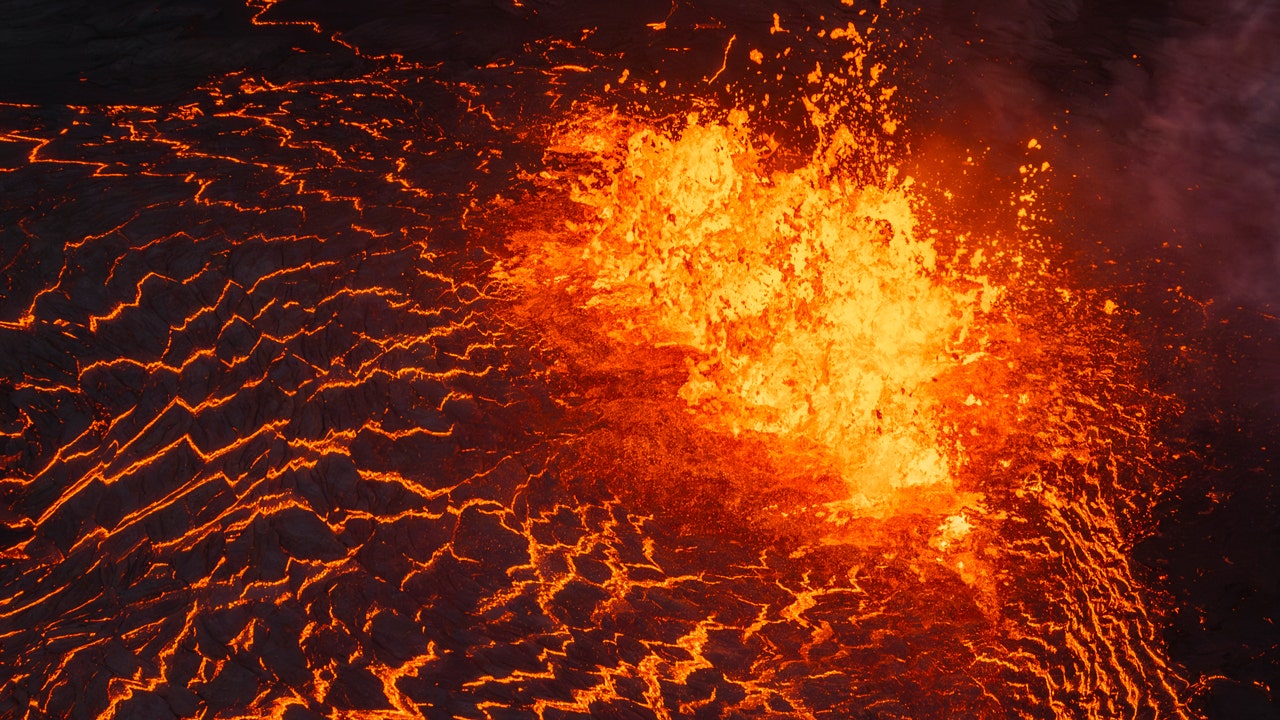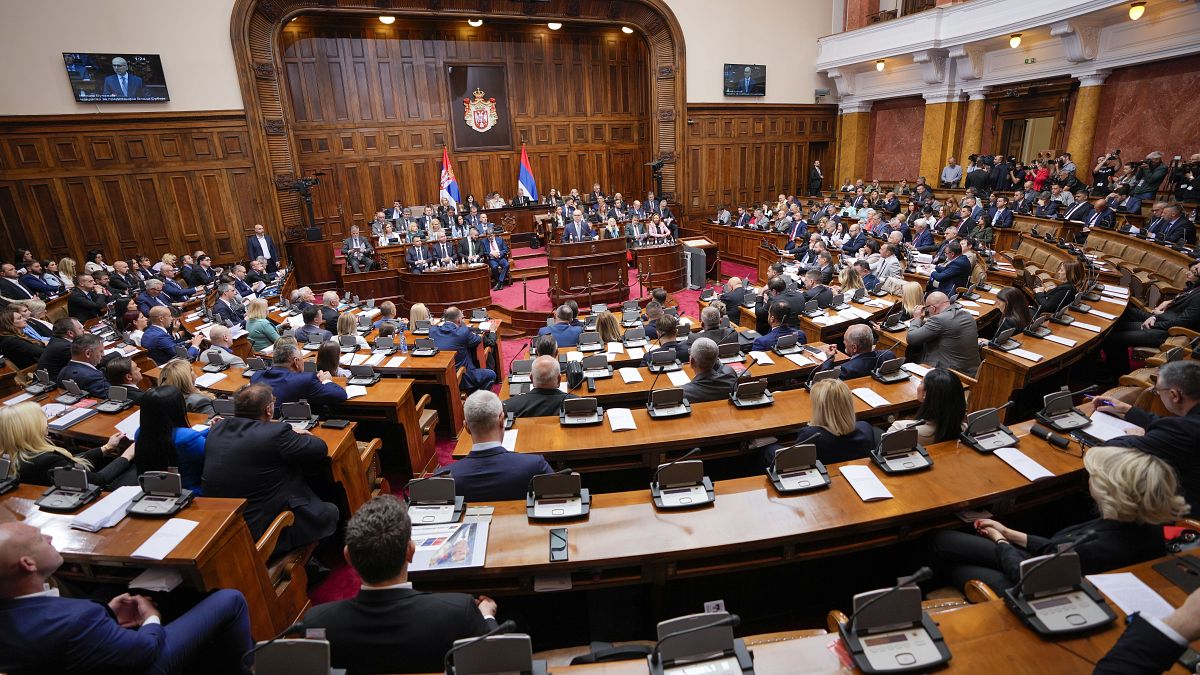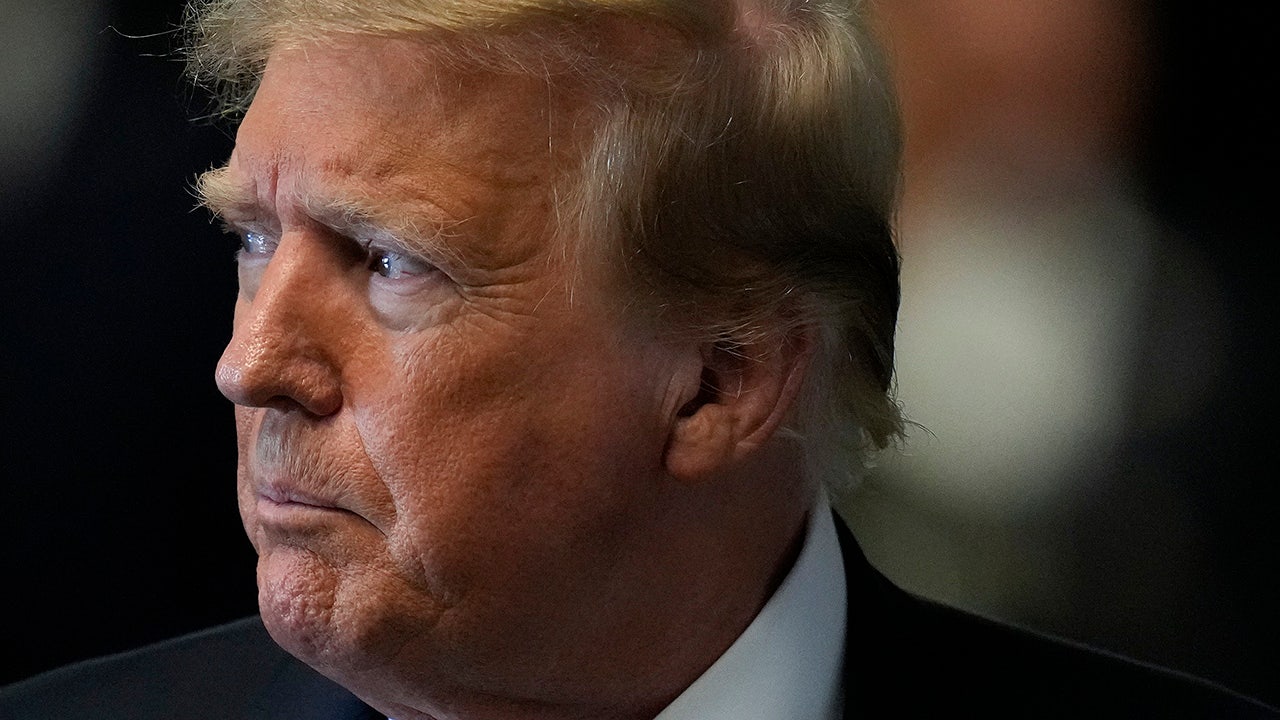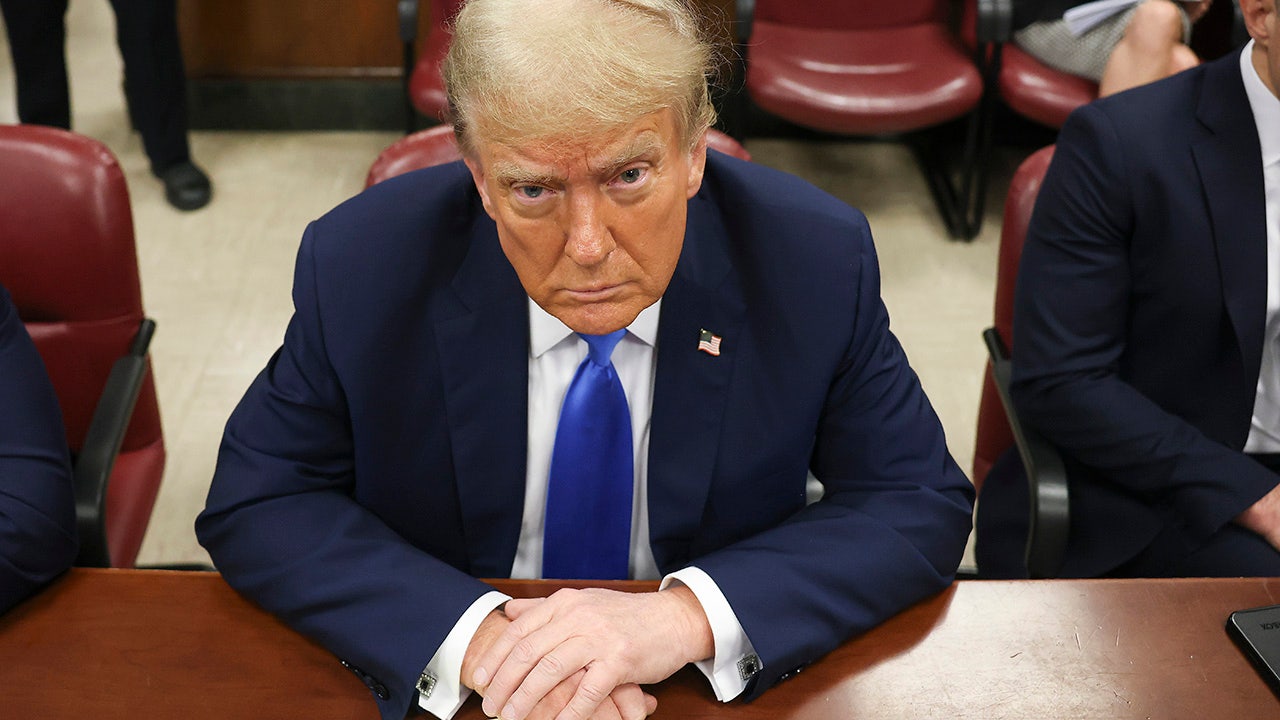Kanishka Singh is a breaking news reporter for Reuters in Washington DC, who primarily covers US politics and national affairs in his current role. His past breaking news coverage has spanned across a range of topics like the Black Lives Matter movement; the US elections; the 2021 Capitol riots and their follow up probes; the Brexit deal; US-China trade tensions; the NATO withdrawal from Afghanistan; the COVID-19 pandemic; and a 2019 Supreme Court verdict on a religious dispute site in his native India.
World
Biden names CIA Director William Burns to his cabinet
/cloudfront-us-east-2.images.arcpublishing.com/reuters/RQAMDQRATVPKFIG4LNTOONS5QA.jpg)
WASHINGTON, July 21 (Reuters) – U.S. President Joe Biden on Friday said he had asked CIA Director William Burns to become a member of his cabinet, elevating one of his closest advisers on national security and foreign policy.
“Under his leadership, the CIA is delivering a clear-eyed, long-term approach to our nation’s top national security challenges,” Biden said in a statement, referring to Burns’ approach to Russia’s invasion of Ukraine and U.S. competition with China.
The move was reported earlier by the Washington Post, which said it was largely symbolic and would not give Burns any new authorities.
Bonnie Glaser, head of the Indo-Pacific program at the German Marshall Fund of the United States, said the appointment reflected Biden’s confidence in Burns and his career experience.
Burns, who became the first career diplomat to lead the CIA in 2021, “has made a significant contribution to national security decision-making, especially with regard to Russia and China” Glaser said.
Burns is not the first CIA director to attain cabinet status. Former President Bill Clinton also named his CIA directors – John Deutch and George Tenet – to serve in his cabinet, as did Ronald Reagan with William Casey.
Daniel Byman, director of the Security Studies Program at Georgetown University’s School of Foreign Service, saw it as testament to Burn’s “incredible effectiveness rather than a broader decision about the role of the CIA in cabinet.”
“Burns has been a very important part of Biden’s foreign policy, serving as of course an intelligence leader but also as a diplomat to Ukraine, the Middle East, and other parts of the world,” he said. “Biden wants to draw on Burns’ knowledge and skill as he shapes his foreign policy.”
A White House official said it was common for presidents to vary the agencies represented in their cabinets.
For instance, former President Barack Obama elevated the head of the Small Business Administration to the cabinet and Clinton added Federal Emergency Management Agency head James Witt to his cabinet.
Reporting by Andrea Shalal and Kanishka Singh in Washington; Additional reporting by David Brunnstrom; Editing by Tim Ahmann and Cynthia Osterman
Our Standards: The Thomson Reuters Trust Principles.

Continue Reading
World
Modi touts India's roaring economy as he seeks reelection, but many feel left behind
SAMASTIPUR, India (AP) — Narendra Modi swept to power a decade ago on promises to transform India’s economy, and it would be hard to argue he hasn’t made strides. As he seeks a third term as prime minister, the country’s economic growth is the envy of the world, its stock markets are booming, and new buildings and highways are popping up everywhere.
There are cracks in the facade, though, that his political challengers hope to benefit from, including high unemployment, persistent poverty and the sense that only a small portion of India’s 1.4 billion people has been able to cash in on the good fortune.
“You have a booming economy for people higher up on the socioeconomic ladder, but people lower down are really struggling,” said Milan Vaishnav, director of the South Asia Program at the Carnegie Endowment for International Peace.
Modi and his Bharatiya Janata Party have remained popular since he was first elected prime minister in 2014 on a strident Hindu-first platform and pledges to succeed where past governments had failed by finally transforming the economy from rural to industrial.
He promised to clamp down on deeply rooted corruption and to leverage the country’s manpower advantage to turn it into a manufacturing powerhouse. While campaigning this spring — the six-week-long election concludes Saturday — Modi has vowed to make India’s economy the world’s third-largest, trailing only those of the U.S. and China. Votes will be counted Tuesday.
Modi has had successes. The economy is growing by 7% and more than 500 million Indians have opened bank accounts during his tenure — a big step toward formalizing an economy where many jobs are still off the books and untaxed. His administration has also poured billions of dollars into the country’s creaky infrastructure to lure investment, and notably streamlined its vast welfare program, which serves around 60% of the population and which his party is leveraging to try to win over poor and disillusioned voters.
Despite these advances, though, Modi’s economic policies have failed to generate employment that moves people from low-paying, precarious work to secure, salaried jobs. With inequality, joblessness and underemployment soaring, they’ve become central themes of the election.
Even as India’s millionaires multiply, nearly 90% of its working-age population earns less than the country’s average annual income of around $2,770, according to a World Inequality Lab study. The top 1% own more than 40% of the country’s wealth, while the bottom 50% own just above 6%, the study found.
To stem economic discontent, Modi and the BJP are hoping to win over poor and disgruntled voters with more than $400 billion in welfare subsidies and cash transfers.
At the heart of their welfare agenda is a free ration program, which serves 800 million people. It existed under the previous government and is a right under India’s National Food Security Act. But it was greatly expanded during the pandemic to provide grain for free, instead of just cheap, and then extended for another five years beginning in January.
Through roughly 300 programs, hundreds of millions have received household goods ranging from cooking gas cylinders to free toilets. Millions of homes have been built for the poor, who now have greater access to piped water, Wi-Fi and electricity. And the government has ramped up cash transfers to farmers and other key voting blocs.
When Rajesh Prajapati lost his job at a chemical factory in Prayagraj, a city in India’s largest state, Uttar Pradesh, his family of five survived on government grain.
“For almost a year, the free ration was our only solace,” he said, adding that it was the reason they voted for Modi again.
Indian parties have always used welfare to win elections. But experts say the BJP has done it better.
Benefits such as subsidies, pensions and loans are now delivered through cash transfers directly to bank accounts linked to each individual’s biometric identity card, which the government says has helped eliminate leakages and corruption by cutting out intermediaries.
These large-scale handouts provide relief, but some say they are only a temporary fix and a sign of rising economic distress. To reduce inequality, they should be accompanied by investment in health and education, which have stagnated in recent years, said Ashoka Mody, an economist at Princeton University.
Subsidies are helpful, “but they do not create the ability of people to put themselves on a trajectory where they and their children can look forward to a better future,” he said.
Tuntun Sada, a farmworker from Samastipur, a city in the eastern state of Bihar, said the 18 kilograms (40 pounds) of free grain that helps feed his family of six each month has only marginally improved their lives. He still earns less than $100 a month after working the fields of wealthier landowners.
“People like us don’t get very much,” Sada said. “Modi should walk the talk. If we don’t earn enough, how will we raise our children?”
The free rations don’t last through the month, piped water has yet to reach his community and there are no nearby schools for his four kids to attend. What he really needs, he said, is a better job.
Modi’s opposition, led by the Congress party, are betting on the jobs crisis to dent the BJP’s chances of securing a majority. Before the election, a survey by the Center for Study of Developing Societies found that more than 60% of voters were worried about unemployment and believed finding a job had become tougher. Only 12% felt like economic opportunities had increased.
Official government data, which many economists question, shows the unemployment rate declining. But a recent report from the International Labor Organization found that youth unemployment in India is higher than the global average, that more than 40% of Indians still work in agriculture, and that 90% of workers are in informal employment.
The liberalizing of India’s economy in the 1990s laid the foundation for the remarkable growth since, with millions escaping poverty and spawning a middle class. But it has also allowed for the growing disparity between rich and poor, economists say.
Rahul Gandhi, the main face of the opposition, has sought to tap into the growing resentment felt by the country’s many have-nots by promising to take on the issue of wealth distribution if his alliance gains power.
Modi, who says his government has lifted 250 million Indians out of poverty, is unapologetic. In a TV interview this month, he said wealth distribution is a gradual process and dismissed criticism of the growing inequality by asking, “Should everyone be poor?”
Both the BJP and the Congress party say they will create more employment through various sectors including construction, manufacturing and government jobs. Experts say this is crucial for reducing economic disparities, but it’s also hard to do.
Mass unemployment and underemployment have always been intractable problems in India, so parties inevitably fall back on the promises of handouts, said Mody, the Princeton economist. Case in point: The Congress party has pledged to double people’s free rations if voted into power.
“It’s completely the wrong focus… what we need is job creation,” Mody said. “And there is no one today who has an idea of how to solve that problem.”
___
Pathi reported from New Delhi.
___
Follow AP’s Asia-Pacific coverage at https://apnews.com/hub/asia-pacific
World
Lava continues flowing from Iceland volcano after eruption

Lava continued to spurt from a volcano in southwestern Iceland on Thursday but the activity had calmed significantly from when it erupted a day earlier.
The eruption Wednesday was the fifth and most powerful since the volcanic system near Grindavik reawakened in December after 800 years, gushing record levels of lava as its fissure grew to 2.1 miles in length.
Volcanologist Dave McGarvie calculated that the amount of lava initially flowing from the crater could have buried Wembley Stadium in London, which seats 90,000 people, under 49 feet of lava every minute.
LATEST ICELAND VOLCANIC ERUPTION SUBSIDES, BUT EXPERTS WARY OF MORE SOON TO COME
“These jets of magma are reaching like 50 meters (165 feet), into the atmosphere,” said McGarvie, an honorary researcher at Lancaster University. “That just immediately strikes me as a powerful eruption. And that was my first impression … .Then some numbers came out, estimating how much was coming out per minute or per second and it was, ‘wow.’”
The activity once again threatened Grindavik, a coastal town of 3,800 people, and led to the evacuation of the popular Blue Lagoon geothermal spa, one of Iceland’s biggest tourist attractions.
Lava flows from a volcano in Grindavik, Iceland, Wednesday, May 29, 2024. A volcano in southwestern Iceland erupted Wednesday for the fifth time since December, spewing red lava that once again threatened the coastal town of Grindavik and led to the evacuation of the popular Blue Lagoon geothermal spa. (AP Photo/Marco di Marco)
Grindavik, which is about 30 miles southwest of Iceland’s capital, Reykjavík, has been threatened since a swarm of earthquakes in November forced an evacuation in advance of the initial Dec. 18 eruption. A subsequent eruption consumed several buildings.
Protective barriers outside Grindavik deflected the lava Wednesday but the evacuated town remained without electricity and two of the three roads into town were inundated with lava.
“I just like the situation quite well compared to how it looked at the beginning of the eruption yesterday,” Grindavik Mayor Fannar Jónasson told national broadcaster RUV.
McGarvie said the eruption was more powerful than the four that preceded it because the largest amount of magma had accumulated in a chamber underground before breaking the earth’s surface and shooting into the sky.
The rapid and powerful start of the eruption followed by it diminishing quickly several hours later is the pattern researchers have witnessed with this volcano, McGarvie said. The unknown question is when it will end.
“It could go on for quite some considerable time,” McGarvie said. “We’re really in new territory here because eruptions like this have never been witnessed, carefully, in this part of Iceland.”
Iceland, which sits above a volcanic hot spot in the North Atlantic, sees regular eruptions. The most disruptive in recent times was the 2010 eruption of the Eyjafjallajökull volcano, which spewed huge clouds of ash into the atmosphere and led to widespread airspace closures over Europe.
None of the current cycle of eruptions have had an impact on aviation.
World
Biden eases ban on Ukraine’s use of US weapons inside Russia

The directive marks a policy shift but could potentially escalate tensions with the Kremlin, which has been threatening retaliatory action.
United States President Joe Biden has eased a ban on Ukraine using US weapons inside Russian territory to help the country defend its northeastern Kharkiv region from attack.
Several US officials, speaking on condition of anonymity, told multiple media outlets on Thursday that Kyiv would be allowed to use the weapons on the border of the Kharkiv region which came under renewed Russian attack earlier this month.
The decision marks a policy shift by Biden who had refused to let Kyiv use US weapons beyond Ukraine’s borders, and comes as France and other European countries indicated Ukraine would be allowed to use their weapons on military targets inside Russia.
Amid the debate, Russian President Vladimir Putin on Tuesday warned of “serious consequences”, stressing his country’s nuclear strength, if Ukraine’s Western allies loosened their policy,
There was no immediate comment from Moscow on Biden’s decision, under which Kyiv will be authorised to strike military targets on the border with the Kharkiv region, where Russia has overrun a number of villages since May 10, forcing the evacuation of thousands of residents.
“The president recently directed his team to ensure that Ukraine is able to use US-supplied weapons for counter-fire purposes in the Kharkiv region so Ukraine can hit back against Russian forces that are attacking them or preparing to attack them,” a US official told the Reuters, AFP and The Associated Press news agencies. The change was first reported by online media outlet Politico.
Ukrainian President Volodymyr Zelenskyy has been urging Kyiv’s allies to allow it to use their longer-range weaponry to hit targets on Russian soil amid a surge in attacks this month, particularly on Kharkiv, Ukraine’s second-largest city, some 30 kilometres (19 miles) from the border with Russia.
A Russian attack at midnight (21:00 GMT) killed at least three people and injured 16 after a Russian missile hit an apartment block in the city. Last weekend, 19 were killed after a Russian attack on a hardware superstore.
“The Biden administration has come a long way from their hypersensitivity to and misunderstanding of the risk of escalation,” Alexander Vindman, a retired army lieutenant colonel and former director for European affairs at the White House National Security Council under the Trump administration, told the Reuters news agency.
He applauded the shift in Biden’s policy, which he said “unties Ukraine’s hands”.
“Of course, it’s the right move,” Vindman said.
The US is the biggest supplier of weapons to Ukraine in its battle to push back the Russian military, which began a full-scale invasion of the country in February 2022.
The Biden decision came hours after NATO chief Jens Stoltenberg told the alliance’s foreign ministers that the “time had come” to relax the restrictions placed on Kyiv over the use of the weapons and “enable Ukrainians to really defend themselves”.
“We need to remember what it is,” he said. “This is a war of aggression launched by choice by Moscow against Ukraine.”
The right to self-defence, Stoltenberg added, ” includes also striking legitimate military targets outside Ukraine”.
The officials said Washington would continue to prohibit Ukraine from using ATACMS, which have a range of up to 300km (186 miles), and other long-range US weapons for attacks deep inside Russia.
Moscow has been using missile launchers and other military sites just inside its border with Ukraine to support its offensive in the Kharkiv region, while fighter aircraft have been used to unleash glide bombs on Kharkiv itself, which was home to about 1.5 million people before the war.
On Thursday, Ukraine’s top military commander Oleksandr Syrskii said Russia was moving additional regiments and brigades to the north of the Kharkiv region, just across the border.
-

 News1 week ago
News1 week agoThe states where abortion is on the ballot in November : Consider This from NPR
-

 News1 week ago
News1 week agoRead Prosecutors’ Filing on Mar-a-Lago Evidence in Trump Documents Case
-

 Politics1 week ago
Politics1 week agoMichael Cohen swore he had nothing derogatory on Trump, his ex-lawyer says – another lie – as testimony ends
-

 Politics1 week ago
Politics1 week agoAnti-Israel agitators interrupt Blinken Senate testimony, hauled out by Capitol police
-

 World1 week ago
World1 week agoSerbian parliamentary minnow pushes for 'Russian law' equivalent
-

 World1 week ago
World1 week agoWho is Ali Bagheri Kani, Iran’s acting foreign minister?
-
Technology1 week ago
Microsoft’s new Windows Copilot Runtime aims to win over AI developers
-

 News1 week ago
News1 week agoBuy-now, pay-later returns and disputes are about to get federal oversight




















/cdn.vox-cdn.com/uploads/chorus_asset/file/25458338/DSC00620.JPG)